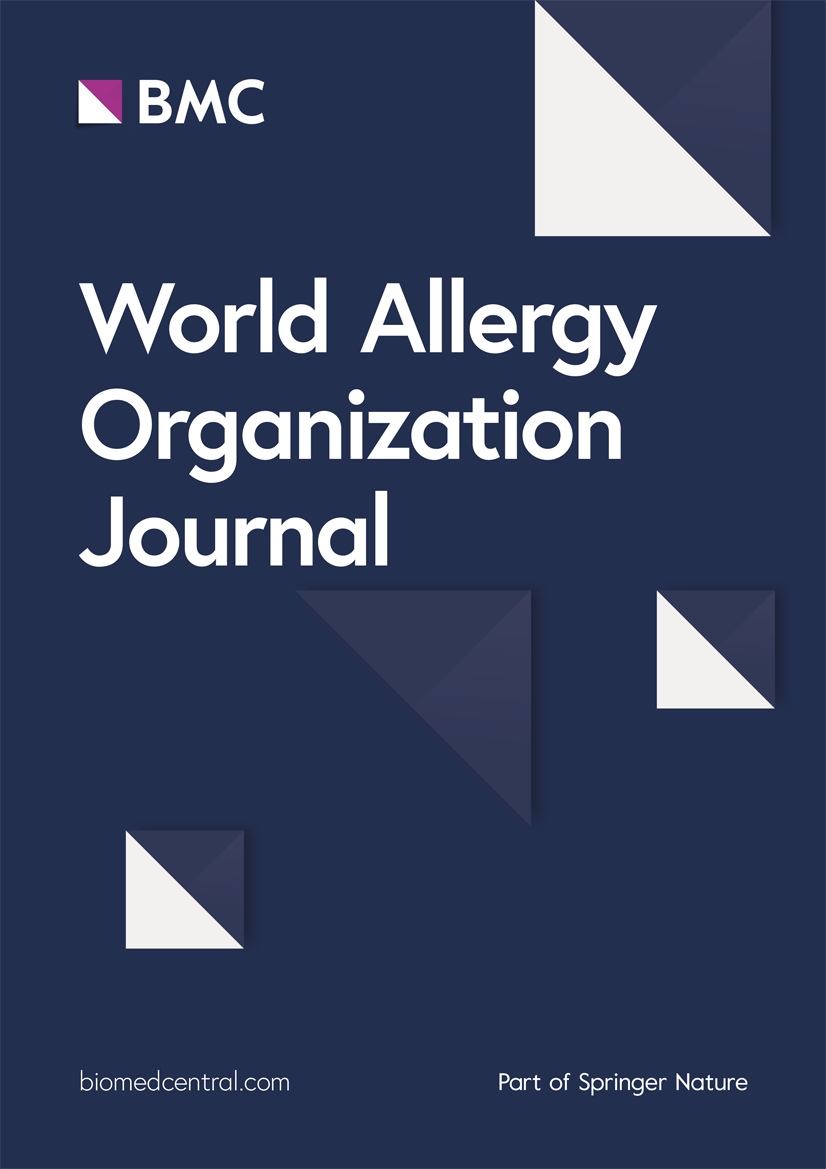1990 - 2021年10-24岁儿童和青少年免疫介导炎性疾病的趋势分析和跨国不平等分析
IF 4.3
2区 医学
Q2 ALLERGY
引用次数: 0
摘要
免疫介导的炎症性疾病(IMIDs)是由免疫系统失调引起的慢性炎症性疾病,可影响多个系统和器官。10-24岁的儿童和青少年属于高危人群,全球负担很大。方法利用全球疾病负担(GBD)最新数据,采用Joinpoint回归分析、社会人口统计指数(SDI)相关分析和跨国公平分析,分析1990 - 2021年10-24岁人群IMIDs负担的时空差异。结果10-24岁青少年的IMIDs负担(按严重程度排序)包括哮喘、特应性皮炎(AD)、牛皮癣、糖尿病、类风湿性关节炎(RA)、炎症性肠病(IBD)和多发性硬化症(MS)。其中,哮喘、AD、牛皮癣、RA和MS在女性中更为普遍。与1990年相比,2021年哮喘和AD的发病率下降,而牛皮癣、糖尿病和RA的发病率上升。IMIDs在西欧和北美更为常见,南美洲和亚洲的发病率也在上升。浓度指数和斜率指数表明,这些疾病主要集中在高SDI地区,尽管各国之间的发病率差异正在缩小。结论在关注IMIDs高发地区的同时,也要关注亚洲、南美等新兴地区的IMIDs发病率。只有这样,我们才能有效地减轻IMIDs给全球年轻人带来的沉重负担。本文章由计算机程序翻译,如有差异,请以英文原文为准。
Trend analysis and cross-national inequity analysis of immune-mediated inflammatory diseases in children and adolescents aged 10–24 from 1990 to 2021
Introduction
Immune-mediated inflammatory diseases (IMIDs) are chronic inflammatory diseases caused by immune system dysregulation, affecting multiple systems and organs. Children and adolescents aged 10–24 are among the high-risk groups, and the global burden is substantial.
Methods
Using the latest data from global burden of disease (GBD) 2021, we employed Joinpoint regression analysis, Socio-Demographic Index (SDI) correlation analysis, and cross-national equity analysis to elucidate the spatiotemporal differences in the burden of IMIDs among 10-24-year-olds from 1990 to 2021.
Results
The burden of IMIDs in adolescents aged 10–24, ranked by severity, includes asthma, atopic dermatitis (AD), psoriasis, diabetes, rheumatoid arthritis (RA), inflammatory bowel disease (IBD), and multiple sclerosis (MS). Among these, asthma, AD, psoriasis, RA, and MS are more prevalent in females. Compared to 1990, the incidence rates of asthma and AD decreased in 2021, while the rates of psoriasis, diabetes, and RA increased. IMIDs are more common in Western Europe and North America, with rising incidence rates in South America and Asia. Concentration indices and slope indices indicate that these diseases are primarily concentrated in high SDI regions, although the differences in incidence rates between countries are decreasing.
Conclusion
While focusing on high-incidence regions, we must also pay attention to the incidence of IMIDs in emerging regions such as Asia and South America. Only in this way can we effectively reduce the heavy burden that IMIDs place on younger people globally.
求助全文
通过发布文献求助,成功后即可免费获取论文全文。
去求助
来源期刊

World Allergy Organization Journal
Immunology and Microbiology-Immunology
CiteScore
9.10
自引率
5.90%
发文量
91
审稿时长
9 weeks
期刊介绍:
The official pubication of the World Allergy Organization, the World Allergy Organization Journal (WAOjournal) publishes original mechanistic, translational, and clinical research on the topics of allergy, asthma, anaphylaxis, and clincial immunology, as well as reviews, guidelines, and position papers that contribute to the improvement of patient care. WAOjournal publishes research on the growth of allergy prevalence within the scope of single countries, country comparisons, and practical global issues and regulations, or threats to the allergy specialty. The Journal invites the submissions of all authors interested in publishing on current global problems in allergy, asthma, anaphylaxis, and immunology. Of particular interest are the immunological consequences of climate change and the subsequent systematic transformations in food habits and their consequences for the allergy/immunology discipline.
 求助内容:
求助内容: 应助结果提醒方式:
应助结果提醒方式:


